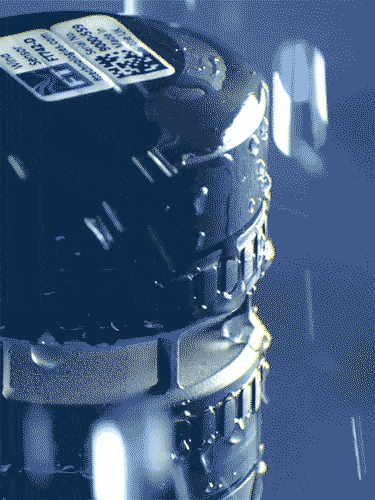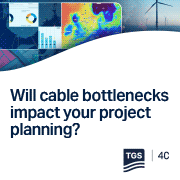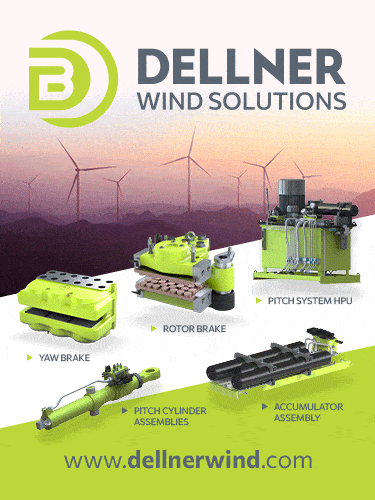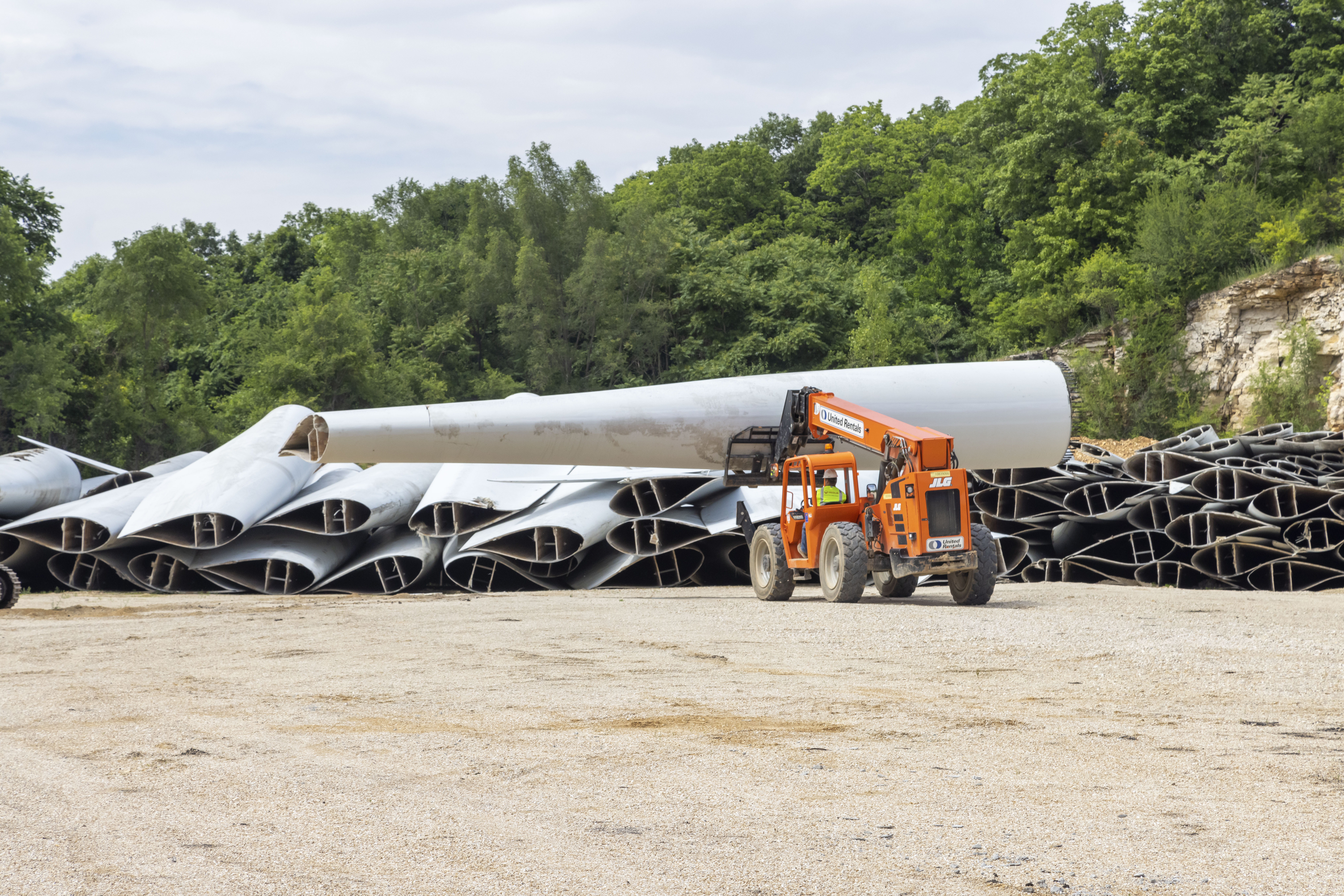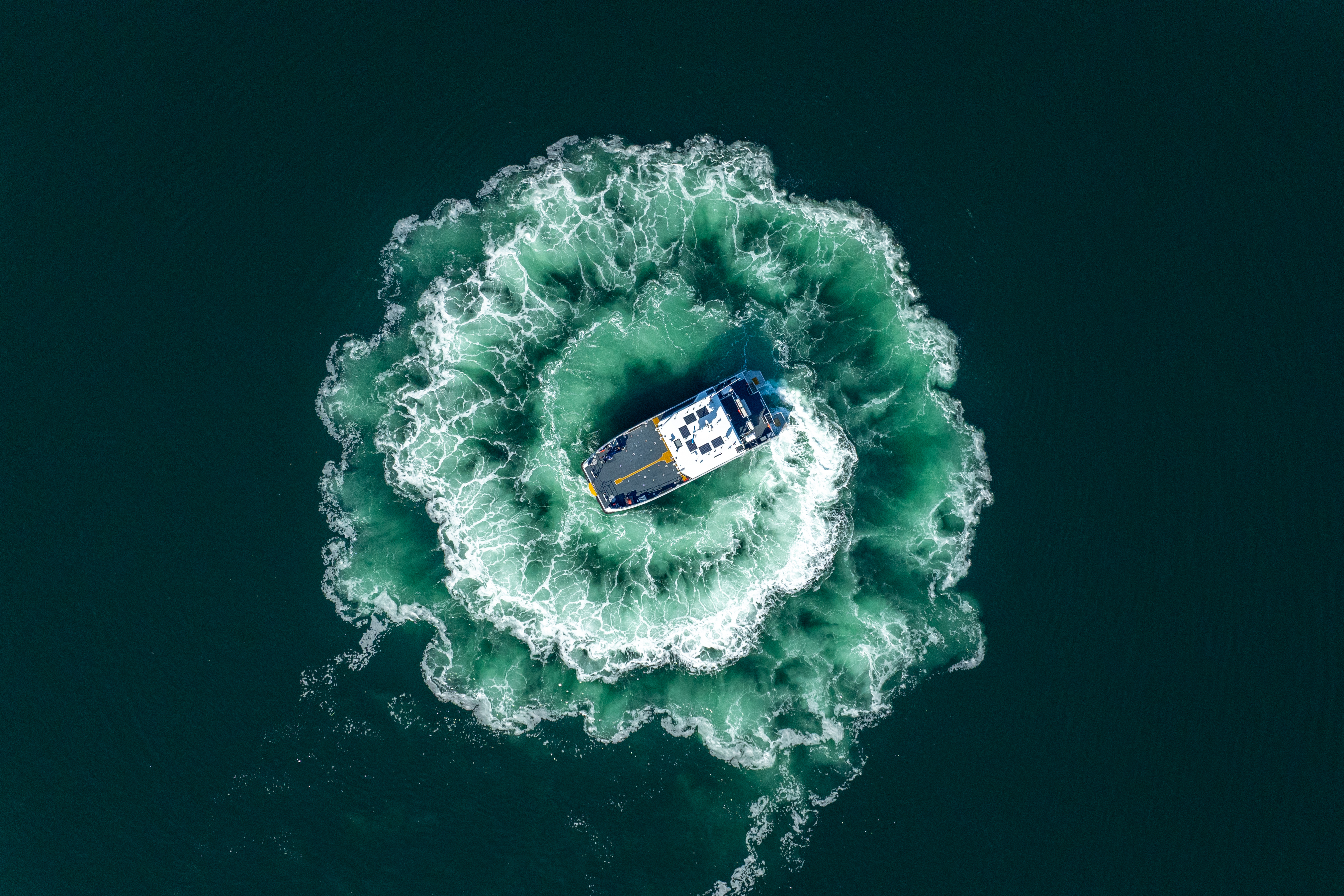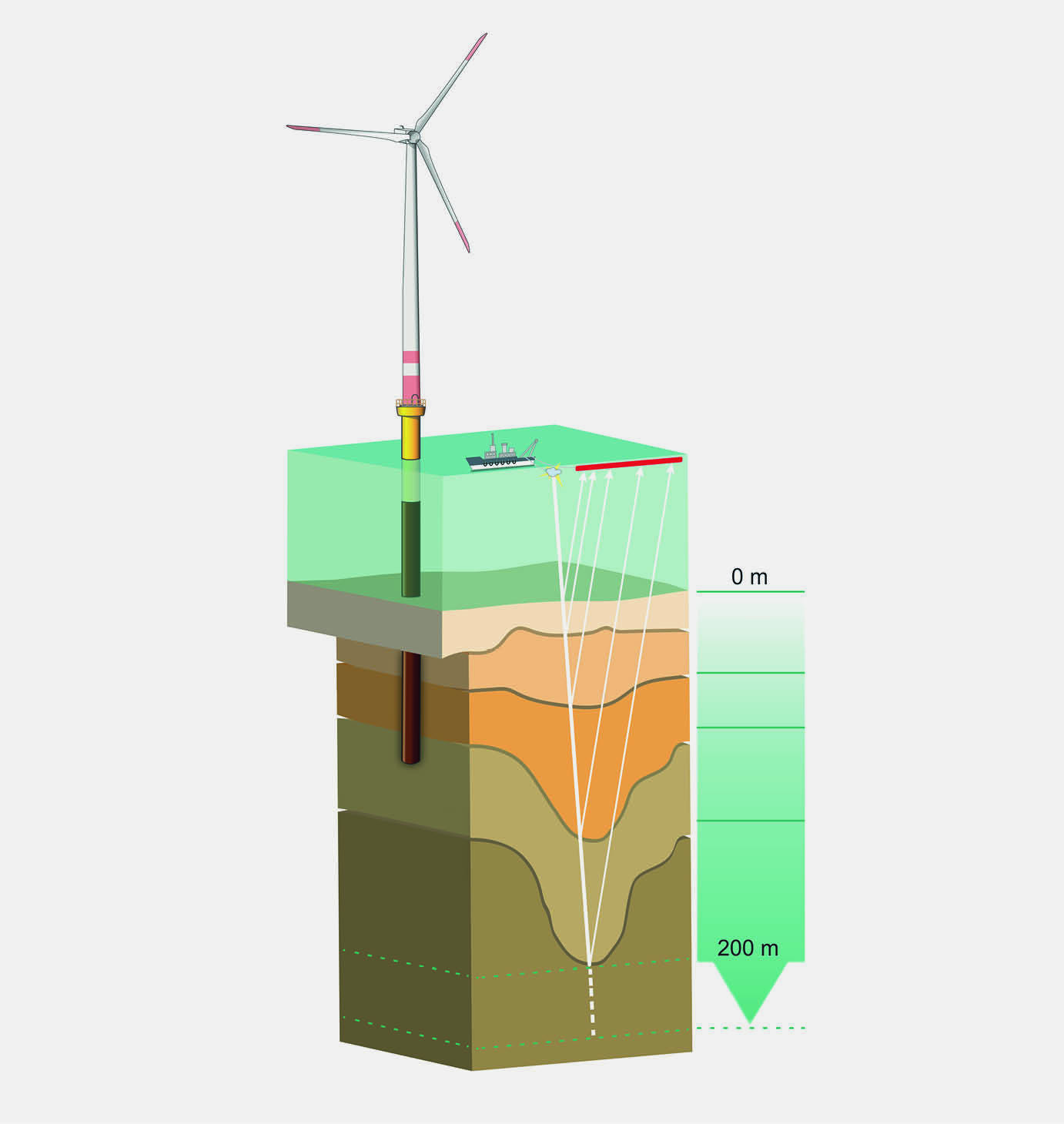Exclusive Articles
Solving your wind farm’s lightning problem: a practical guide for operators
Published in: Wind, Talking Point, Exclusive Articles
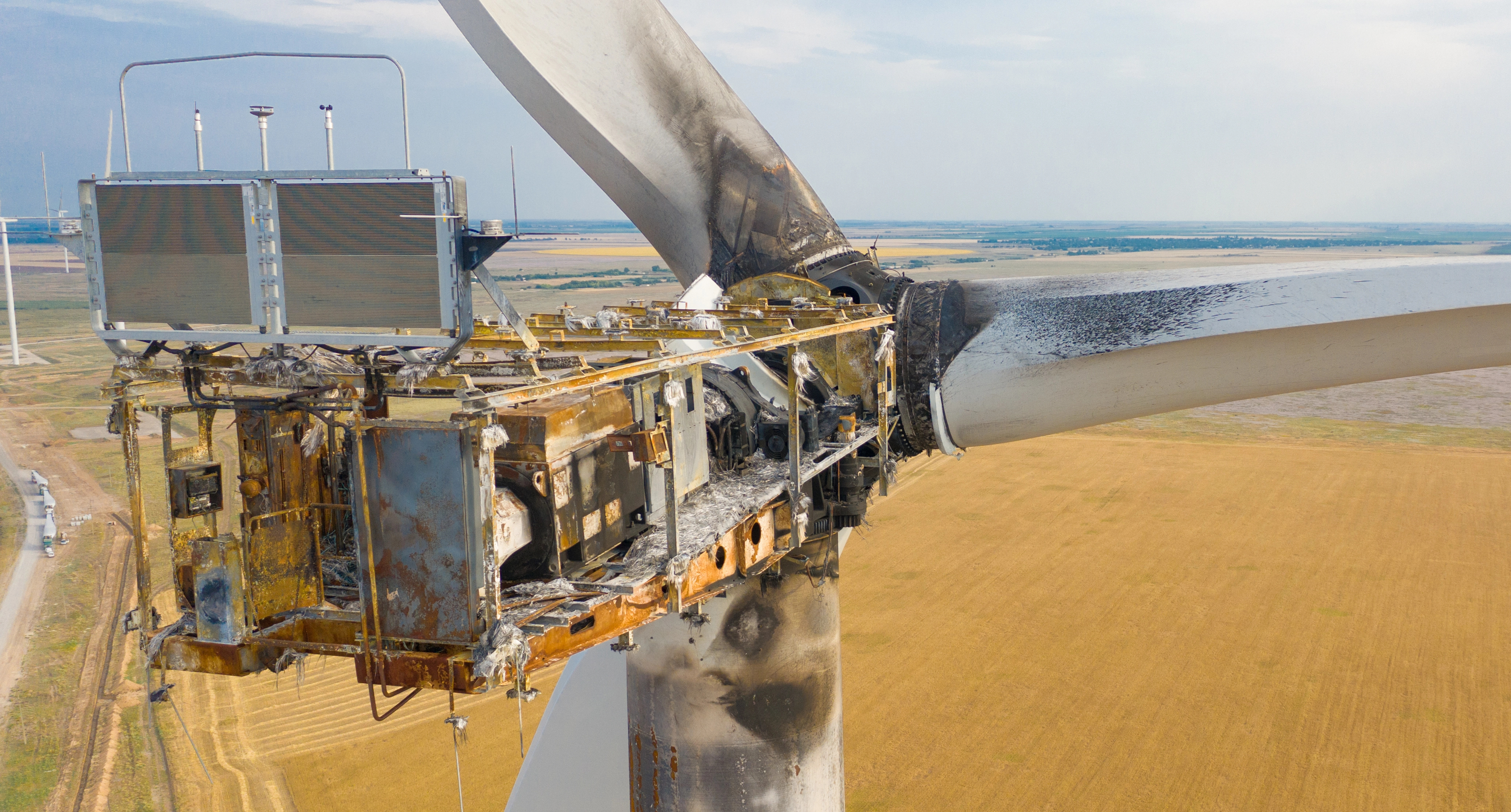
For wind farm operators, the question isn’t if lightning will cause damage. It’s how much, how often, and what can be done to reduce it. Lightning strikes are responsible for over 60% of operational blade losses and 20% of wind turbine downtime and the problem is only getting worse.
As weather patterns change, some sources predict a 12% increase in lightning activity for every 1°C of warming; follow that line of logic and countries like the US could face a 50% increase in strikes by 2100. But the future doesn’t drive wind production; operators must focus on what their next season will bring.
From hundreds of conversations with operators across the globe, we know that everyone is facing the same challenges: unclear insurance coverage, inconsistent OEM data, and costly turbine downtime. Fortunately, tackling your lightning problem doesn’t have to be overwhelming.
Here’s how to start.
Your first step in solving lightning-related issues is understanding what you’re working with. Even within the same model, blade and lightning protection configurations may vary by manufacturer or factory.
Why does this matter? Because even small variations in blade design and grounding paths can significantly affect lightning vulnerability. Knowing your turbine configurations and LPS types is key to assessing your risk and determining the right protective strategy.

.gif)
